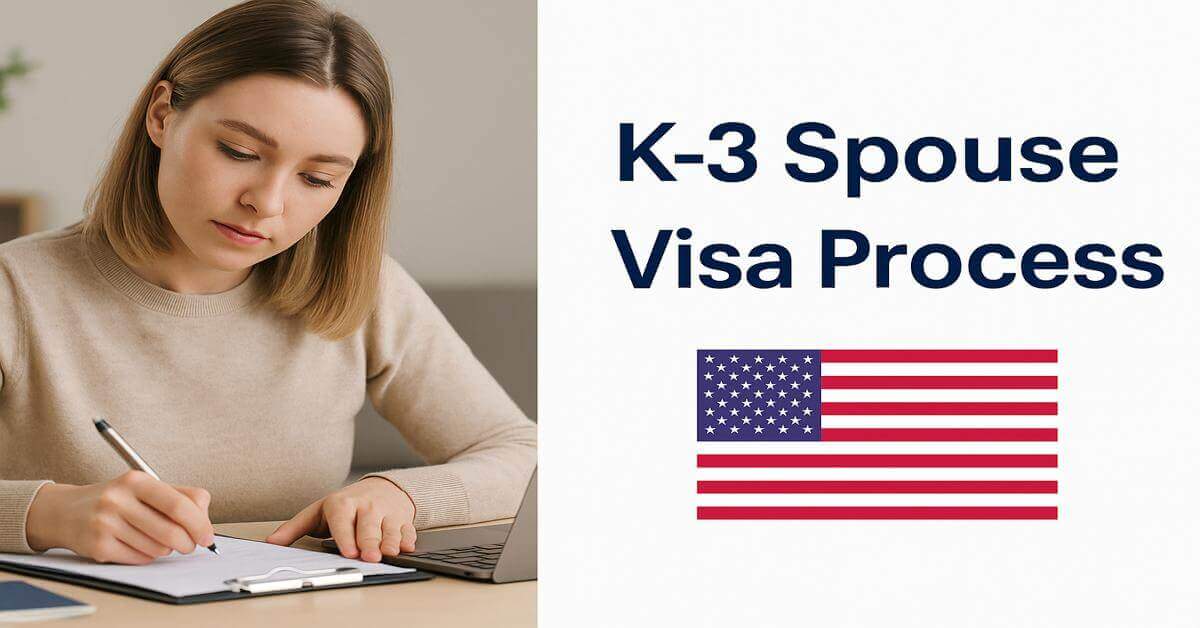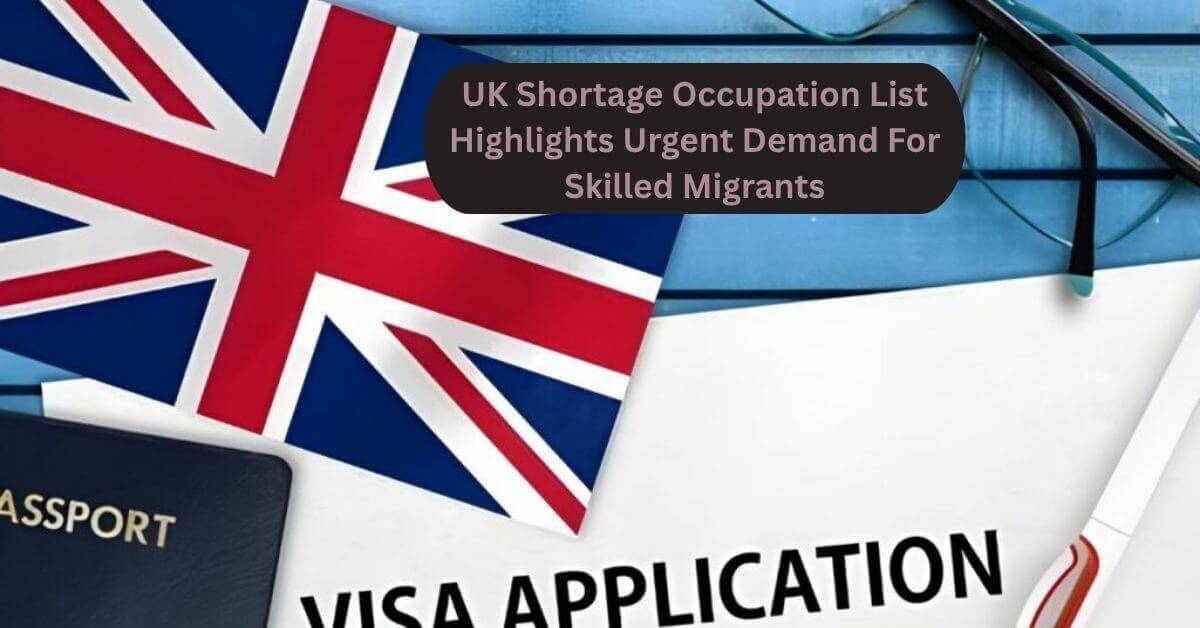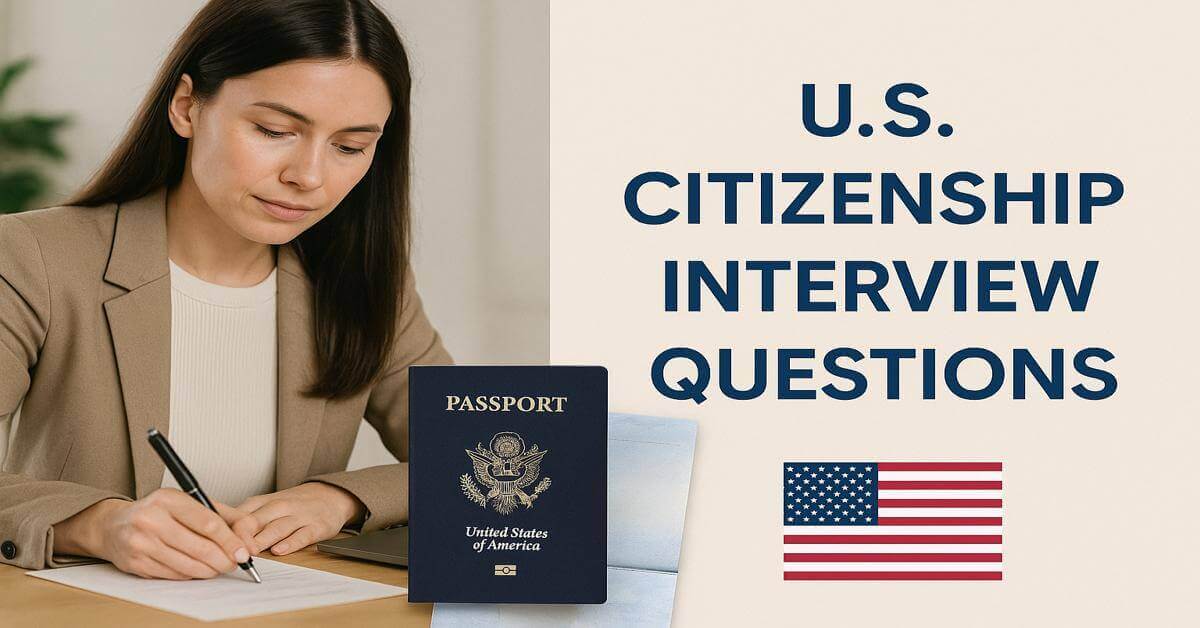Overstaying a U.S. visa can have serious immigration consequences including bans of up to 10 years. However, in some cases, you may be eligible to apply for visa overstay forgiveness by requesting a waiver of inadmissibility.
This guide explains what visa overstay means, the consequences of unlawful presence, who may qualify for forgiveness, and how to apply using the correct USCIS forms.
Introduction:
A visa overstay occurs when a foreign national remains in the United States past the “Admit Until Date” listed on their Form I-94 (Arrival/Departure Record). Importantly, the expiration date on your visa stamp is not the same as the date by which you must leave the U.S.
Example: You may have a visa valid for 5 years, but your I-94 may allow only a 6-month stay. If you stay beyond that 6-month period, you are considered to be overstaying your visa.
Unlawful Presence:
Unlawful presence is the time spent in the U.S. without legal authorization. According to Section 212 of the Immigration and Nationality Act (INA), you begin accruing unlawful presence if:
- You entered the U.S. illegally (without inspection or parole), or
- You overstayed the permitted duration on your Form I-94.
If your I-94 lists “D/S” (Duration of Status), your lawful stay ends when your academic or exchange program ends — including any grace periods. Failing to leave after that time is considered unlawful presence.
Consequences of Overstaying:
The longer you overstay, the more serious the consequences. USCIS may find you inadmissible, which means you cannot return to the U.S. for a period of time.
3-Year Ban: If you overstay by more than 180 days but less than one year and then leave the U.S. before removal proceedings begin.
10-Year Ban: If you overstay by more than one year and leave the U.S.
Permanent Bar: If you accumulate over one year of unlawful presence across multiple stays and then re-enter the U.S. without permission.
Check Also: Upcoming EU Travel Changes May End Visa Free Entry for Millions
Exemption from Unlawful Presence:
Certain individuals do not accrue unlawful presence under U.S. immigration law, including:
- Children under the age of 18
- Asylum applicants (while the case is pending)
- Beneficiaries of the Family Unity program
- Victims of abuse applying under the Violence Against Women Act (VAWA)
- Victims of human trafficking
Note: These exemptions apply primarily to the 3-year and 10-year bars.
Overstay Forgiveness:
Visa overstay forgiveness is a waiver of inadmissibility granted to individuals who meet specific criteria. The main form used for this process is Form I-601: Application for Waiver of Grounds of Inadmissibility.
To qualify, you must show that denying your entry or adjustment of status would result in extreme hardship to a U.S. citizen or lawful permanent resident spouse or parent.
Who Can Apply for Overstay Waiver?
You may be eligible to file Form I-601 if you’re applying for:
- An immigrant visa (green card) from abroad after being deemed inadmissible
- Adjustment of status under special laws (e.g., VAWA, HRIFA, or NACARA)
- Temporary Protected Status (TPS)
- A green card through Special Immigrant Juvenile Status
- Adjustment from T nonimmigrant status (for victims of trafficking)
Provisional waiver:
If you’re unlawfully present in the U.S. but have an ongoing green card case, you may be eligible for a provisional waiver by filing Form I-601A: Application for Provisional Unlawful Presence Waiver. To qualify, you must:
- Be at least 17 years old
- Be physically present in the U.S.
- Have a pending immigrant visa case with the Department of State
- Be inadmissible only due to unlawful presence
How To Apply For Overstay Waiver?
Step 1: Complete the Required Form
- Use Form I-601 (or I-601A for provisional waivers).
- Fill out the form completely and sign in black ink.
Step 2: Attach Evidence of Hardship
Submit documents showing extreme hardship to a qualifying U.S. citizen or permanent resident. This may include:
- Medical records and treatment plans
- Financial documents
- Personal affidavits
- Educational records
- Letters from healthcare providers, community leaders, or family
Tip: USCIS will consider the cumulative effect of hardships on your family member — not just one factor.
Step 3: Pay the Filing Fee
- Form I-601: $1,050
- Form I-601A: $795
Step 4: Biometrics and Background Check
You may be called to a biometrics appointment, where USCIS will collect fingerprints, photos, and signatures.
Strong Overstay Waiver Application:
- Hire a qualified immigration attorney to review your case
- Submit well-organized documentation
- Explain clearly how your family would suffer if the waiver is denied
- Use USCIS’s checklist in the I-601 instructions (especially page 17)
- Track your application using your receipt number
Conclusion:
Visa overstay forgiveness is a lifeline for individuals who overstayed their visa but have strong family ties and valid reasons to stay or return. Whether you’re applying from within the U.S. or abroad, understanding your options and preparing a detailed, evidence-supported application gives you the best chance of success.
Frequently Asked Questions:
-
Do I need a lawyer to apply for overstay forgiveness?
It’s not required, but due to the legal complexity and the high standard of proof (extreme hardship), consulting an immigration attorney is highly recommended.
-
What is visa overstay in the U.S.?
Visa overstay happens when a person remains in the U.S. beyond the “Admit Until Date” listed on their Form I-94, regardless of the visa’s expiration date in their passport.
-
Can I work while my waiver is pending?
Generally, you cannot work just because you applied for a waiver. Work authorization depends on your underlying immigration status or petition.






